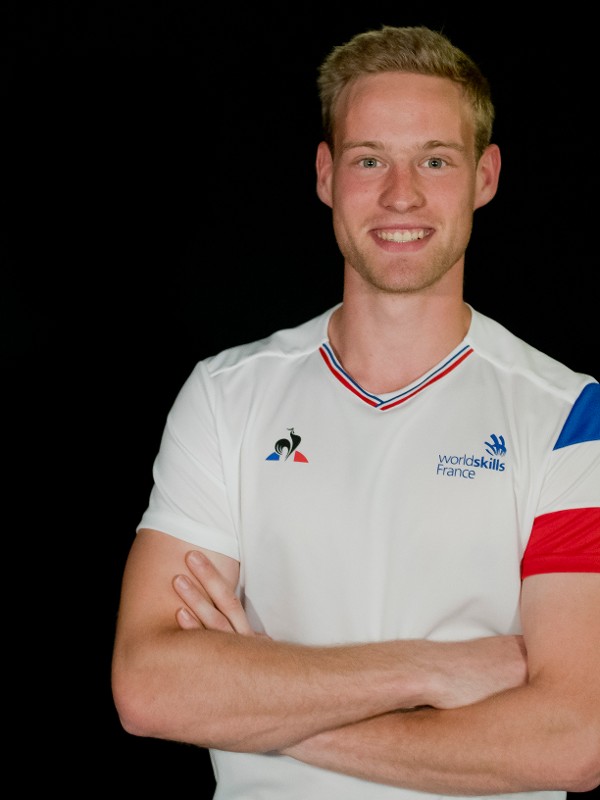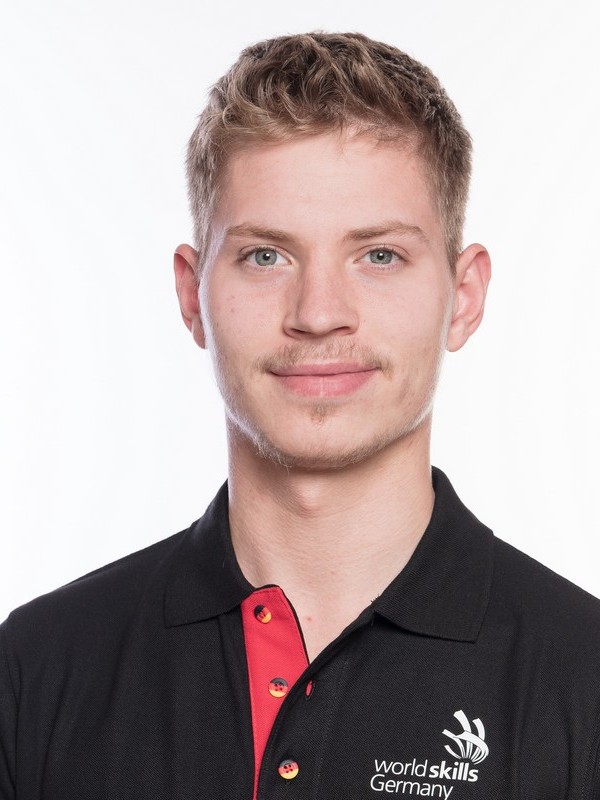Skills are always changing
For the latest information about this skill visit Bricklaying on worldskills.org.
Bricklaying
Building homes and commercial projects to the highest standards of safety, accuracy, and skill.
Why is this skill important?
A bricklayer generally works on commercial and residential projects. They are responsible for building or repairing associated structures in accordance with the construction plans. There is a direct relationship between the nature and quality of the product required and the payment made by the customer. Therefore, the bricklayer has a continuing responsibility to work professionally in order to meet the requirements of the customer and thus maintain and grow the business. This includes working harmoniously with other trades in order to optimize efficiency and minimize mistakes.
Bricklaying is closely associated with other parts of the construction industry, and with the many products that support it, normally for commercial purposes.
The scale of work can vary from small projects to major projects. The bricklayer works internally and externally and in all weather conditions. He or she will interpret construction drawings, perform setting out and measurement, and construct to a high standard finish.
Work organization and self-management, communication and interpersonal skills, problem solving, innovation, and creativity, working accurately are the universal attributes of the outstanding bricklayer. Whether the bricklayer is working alone or in a team the individual takes on a high level of personal responsibility and autonomy.
From working safely and tidily with resilience and endurance through to exceptional planning and scheduling, concentration, precision, accuracy, and attention to detail to achieve an excellent finish every step in the process matters and mistakes are largely irreversible and very costly.
With the international mobility of people, the bricklayer faces rapidly expanding opportunities and challenges. For the talented bricklayer there are many commercial and international opportunities; however, these carry with them the need to understand and work with diverse cultures and trends. The diversity of skills associated with bricklaying is therefore likely to expand.
Results
See all results| Rank | Medal | Result | Competitor | Country/Region |
|---|---|---|---|---|
| 1. |
Gold |
727 |
Pierre Holze |
Germany |
| 1. |
Gold |
727 |
Yuanzhou Wu |
China |
| 1. |
Gold |
725 |
Ben Zaugg |
Switzerland |
| 4. |
Medallion for Excellence |
720 |
Thomas DEGRENDELE |
France |
| 5. |
Medallion for Excellence |
719 |
KUAN-BIN LEE |
Chinese Taipei |
| 6. |
Medallion for Excellence |
717 |
Gry Astrup Hansen |
Denmark |
| 7. |
Medallion for Excellence |
712 |
Oliver Stuppner |
South Tyrol, Italy |
| 7. |
Medallion for Excellence |
712 |
Kilian Lupinski |
Austria |
| 9. |
Medallion for Excellence |
708 |
Otgonbaatar Naranbaatar |
Mongolia |
| 10. |
Medallion for Excellence |
700 |
Kyutae Kim |
Korea |
| 11. | 698 |
Jayden Jennings |
Australia | |
| 12. | 691 |
Ruben Boorsma |
Netherlands | |
| 13. | 690 |
Mohammad Monish Kamal |
India | |
| 14. | 666 |
King Lam CHEUK |
Hong Kong, China | |
| 15. | 654 |
Lungelwa Mtetwa |
South Africa | |
| 16. | 625 |
Cameron Krause |
Canada | |
| 17. | 617 |
Dias Sarsembayev |
Kazakhstan | |
| 18. | 598 |
Ignacio Uribe Fica |
Chile | |
| 19. | 594 |
Morenga Gerry |
Namibia | |
Competitors

Ruben Boorsma
Netherlands

King Lam CHEUK
Hong Kong, China

Thomas DEGRENDELE
France

Morenga Gerry
Namibia

Gry Astrup Hansen
Denmark

Pierre Holze
Germany

Jayden Jennings
Australia

Mohammad Monish Kamal
India

Kyutae Kim
Korea

Cameron Krause
Canada

KUAN-BIN LEE
Chinese Taipei

Kilian Lupinski
Austria

Lungelwa Mtetwa
South Africa

Otgonbaatar Naranbaatar
Mongolia

Dias Sarsembayev
Kazakhstan

Oliver Stuppner
South Tyrol, Italy

Ignacio Uribe Fica
Chile

Yuanzhou Wu
China

Ben Zaugg
Switzerland
